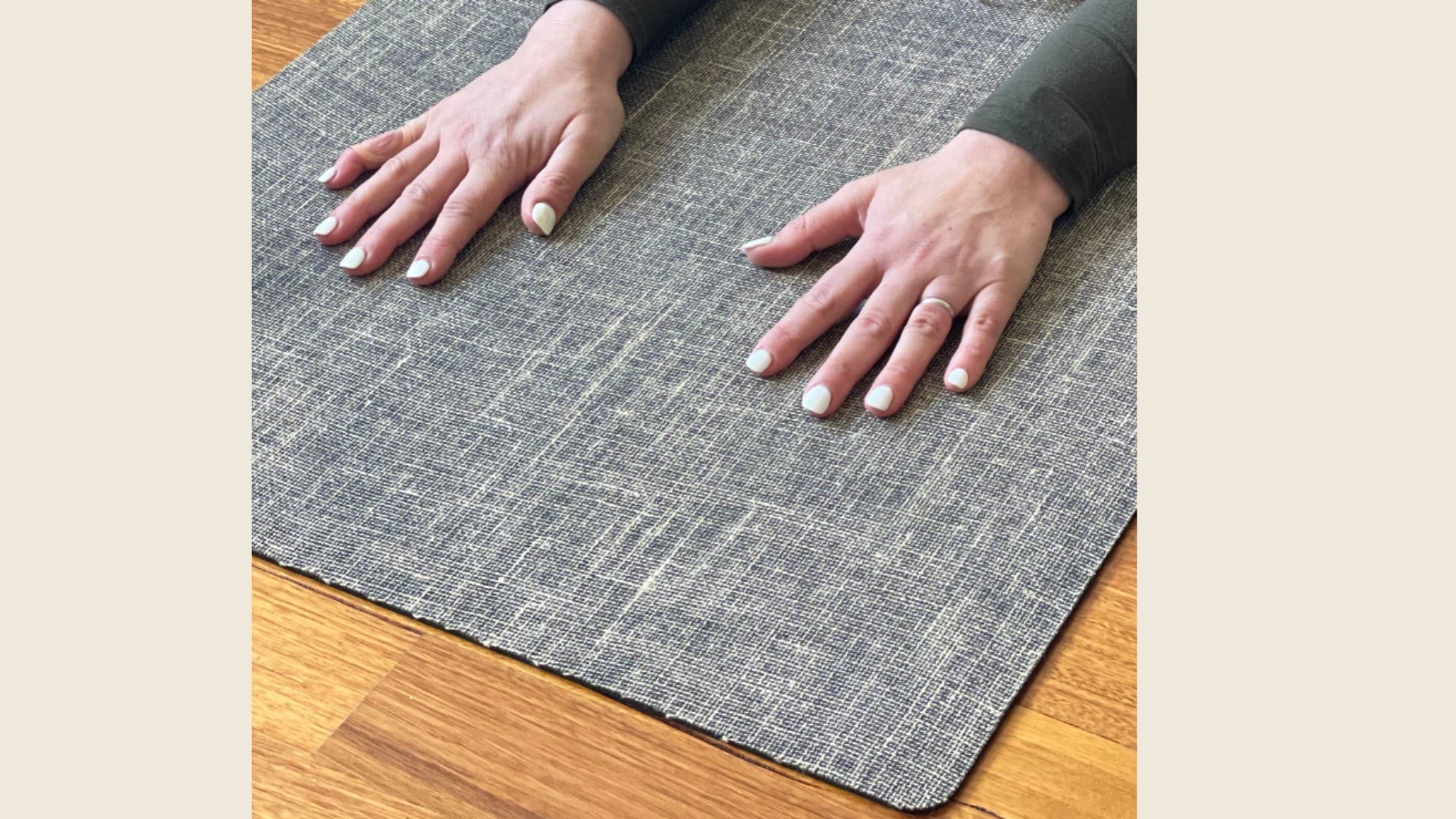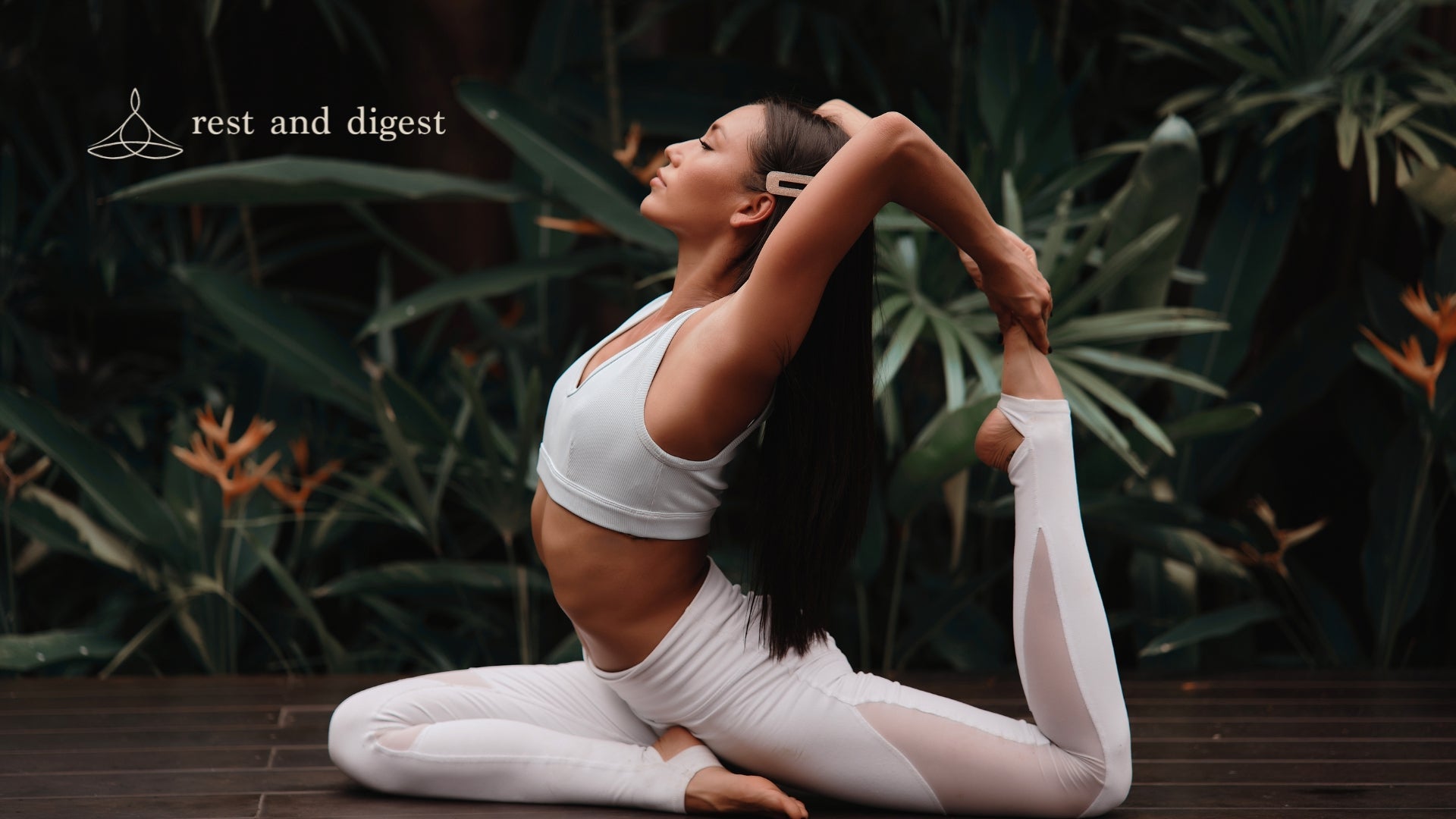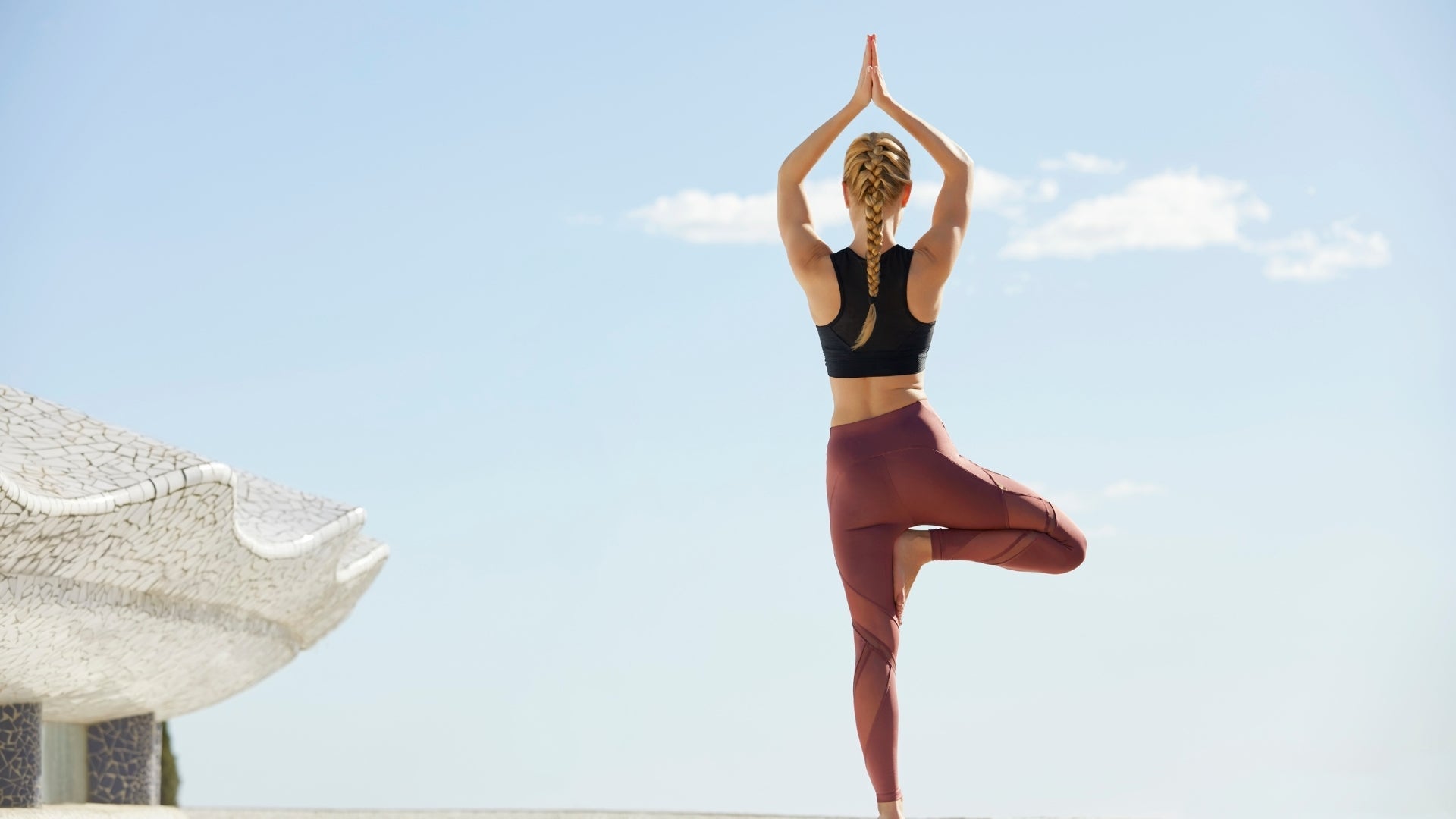
A Guide to Choosing the Best Yoga Mat
Yoga is not just a mere physical exercise; it is an all-encompassing practice that includes the mind, body, and spirit. The core of it all is the yoga mat that acts as your base, providing backing, steadiness, and ease during asanas (poses) and meditation. However, deciding on the best yoga mat to go with can be a daunting task with countless options available.
In this definitive guide, we will explore what you should look at to find the perfect yoga mat for your practice.
Material
The material used in making a yoga mat determines not only its performance but also its environmental impact. PVC (Polyvinyl Chloride), a common material used in the making of yoga mats is durable, and affordable but raises concerns about environmental sustainability due to non-biodegradability and potentially harmful production processes.
On the other hand, natural rubber mats sourced from the sap of rubber trees have amazing grip and cushioning while being more eco-friendly. TPE (Thermoplastic Elastomer) mats made from recycled materials that are free from dangerous chemicals strike a balance between performance and sustainability. So, when choosing the best yoga mat for your needs, think about your carbon footprint; pick materials that sit well with your values and concerns.
Thickness and Density
The thickness and density of the yoga mat can significantly affect the comfort and stability and determine the overall quality of your practice. The standard width of yoga mats usually lies between 1/16 inch to 1/4 inch with thicker ones providing more cushioning for floor-based poses that protect joints and bones. Nevertheless, when used during standing poses, thicker mats may undermine one’s balance hence compromising on stability making them unsuitable for use in active practices like Ashtanga or Vinyasa.
On the other hand, thinner mats enhance steadiness as well as proprioception, hence they can be seen as being suitable for practitioners who focus much on balancing practices such as Iyengar or Hatha yoga. Therefore, you should choose a thickness that harmonizes with how your legs feel and is appropriate for the types of postures you do.
Texture and Grip
The role of texture and grip in a yoga mat is very important in avoiding accidents and giving support to the body as you do your practice. Some mats have a pattern on them or a sticky finish, that offers the ultimate grip even when you sweat profusely, hence making it possible for one to maintain proper alignment and stability. You need to consider the texture of the surface of your mat whether you want it smooth with seamless transitions from pose to pose, or textured for better gripping power and balance.
Some yoga mats also have patterns indicating correct positioning in relation to yoga poses aimed at improving one’s practice experience. Look out for excellent grip quality while selecting a mat because this will not only reduce the chances of suffering injuries but also maximise the benefits of each asana.
Size and Portability
Yoga mats vary in size to accommodate people of all sizes. The standard lengths for mats are usually between 68 to 72 inches while their width measures around 24 inches. Some individuals who are tall or with larger bodies would need wider or longer mats to ensure comfort and full coverage during the practice. When picking your mat, be keen on your body dimensions and personal preferences.
On top of that, if you travel often or work out anywhere, choose lightweight and portable mats that can be easily folded or rolled up for easy transportation purposes.
Durability and Maintenance

Investing in a durable yoga mat is all it takes to sustain its durability as well as maintain its effectiveness over time. A Yoga mat's general durability results from various factors, including the quality of materials used, the manner of construction adopted, and how often they are used. Seek mats that have been made from premium fabrics and have toughened edges so that they may be useful despite their daily usage for exercises.
Besides, give preference to easy-to-clean and maintained yoga mats as proper care is essential to preserve their integrity and extend their lifespan. In order to eliminate sweat stains, dirt patches, or bacterial infections, clean your mat regularly using a light detergent or water solution or an eco-friendly yoga mat cleaner.
Price Range and Value
There is a wide range of prices for yoga mats, starting from budget options around $40 to $60 to high-end luxury mats selling at over $100. Although, you may be tempted to go for the cheapest one, always remember that quality and performance matter most.
Keep in mind the long-term benefits of acquiring a superior mat that will serve you for many years. Identify those mats that have additional values such as antimicrobial features, eco-friendly materials, or alignment guides that would help to improve your practice without compromising quality. Also, evaluate your financial limits and go for those mats that combine performance, durability, and cost.
Special Considerations for Different Types of Yoga
Different types of yoga have different kinds of specifications when it comes to selecting the best yoga mat. For instance; hot yoga practitioners might consider buying a mat with good grip and sweat absorption features. Restorative yogis need thicker, well-cushioned mats that will enhance their comfort during long holds. Ashtanga or Power Yoga aficionados should use sturdy non-slippery mats that can endure rigorous practices without tearing apart.
So, take into account your preferred style of yoga as well as any specific needs or preferences while choosing a supportive mat for your practice.
Personal Preferences
In essence, choosing the best yoga mat for you is a matter of personal taste, which revolves around one’s aptitudes and styles of practice. Try out various mats and see how they feel on your hands and feet. See if the mat provides adequate cushioning, grip, or alignment support to find the right choice for you.
Also, think about other things like the color scheme, pattern, or eco-friendliness that may match with your preferences. Note, that the best yoga mat for you will be the one that supports you in your journey of self-discovery, health, and happiness.
Choosing the right yoga mat is not an easy task because various factors have to be taken into account like the material, thickness, texture, size, durability, and individual preferences. Knowing what you want helps you identify a mat that will improve your practice while still giving you enough support. So, buy a good-quality yoga mat that suits your style of yoga plus corresponds to your principles; let it be an invaluable companion supporting your journey towards soundness in body and mind.





